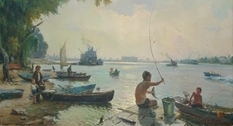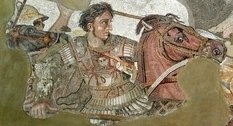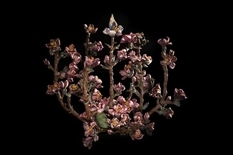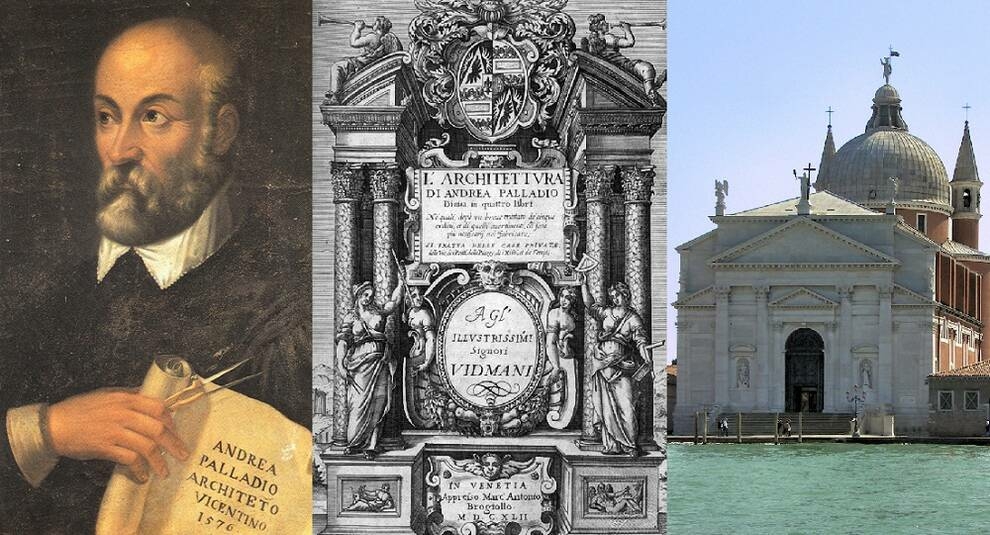
Andrea Palladio: the outstanding architect of the late Renaissance
One of the most prominent architects of the late Renaissance and early Mannerist period was Andrea Palladio. Born in 1508 in the Italian city of Padua (at that time the city was part of the Republic of Venice). At an early age, he began to study in the Studio of a sculptor, processed stone, but when he was 16 years old, he ran away because of the terrible working conditions.
Andrea arrived in Vicenza, where he used his experience working in one of the local workshops owned by famous sculptors Giovanni di Giacomo and Girolamo Pittoni. The young man made reliefs, friezes and other items that were often used by apprentices. He soon became a member of the masons ' Guild, married a carpenter's daughter at the age of 26, and began studying architecture. Andrea Palladio went to Rome for a while, was impressed by the monuments of ancient architecture, studied the buildings of Verona, Venice and other cities. He learned the basic principles from Marcus Vitruvius, a Roman architect who lived in the first century BC.
Palladio left behind a rich architectural heritage. According to his designs, villas were built in the vicinity of Venice, many Palace structures, churches, and public buildings. One of the most outstanding buildings was the Teatro Olimpico, which is the result of a reinterpretation of ancient architecture. Palladio wrote works on architecture, compiled a guide to the ancient Roman ruins that he himself visited. In addition, an entire style movement that developed in early classicism, palladianism, was named after Palladio. This building is based on the heritage of ancient architecture.

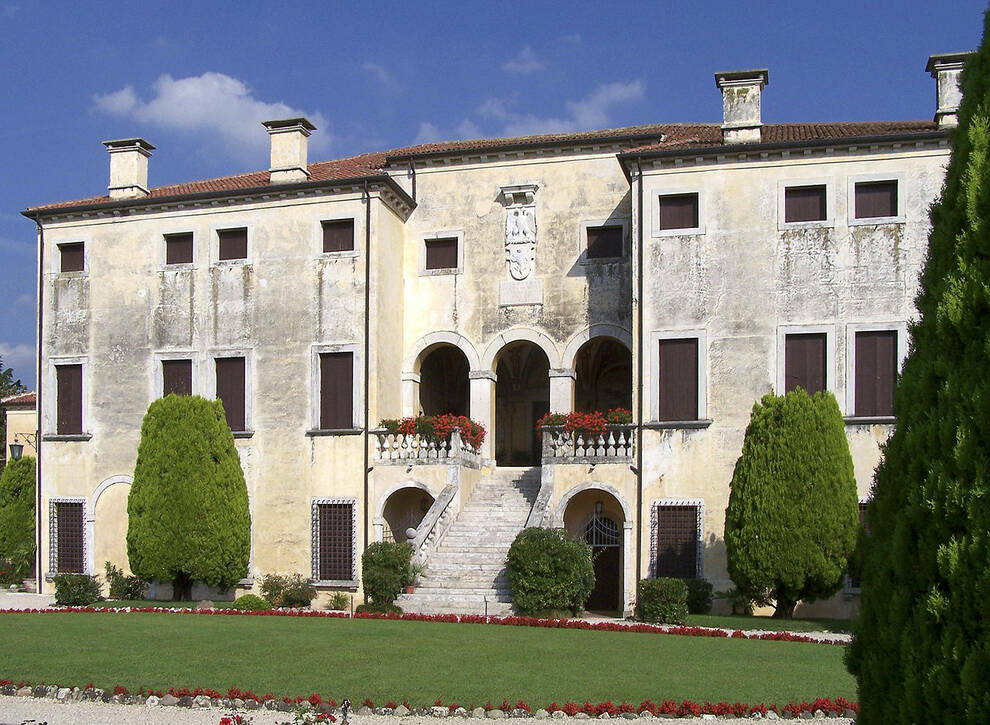

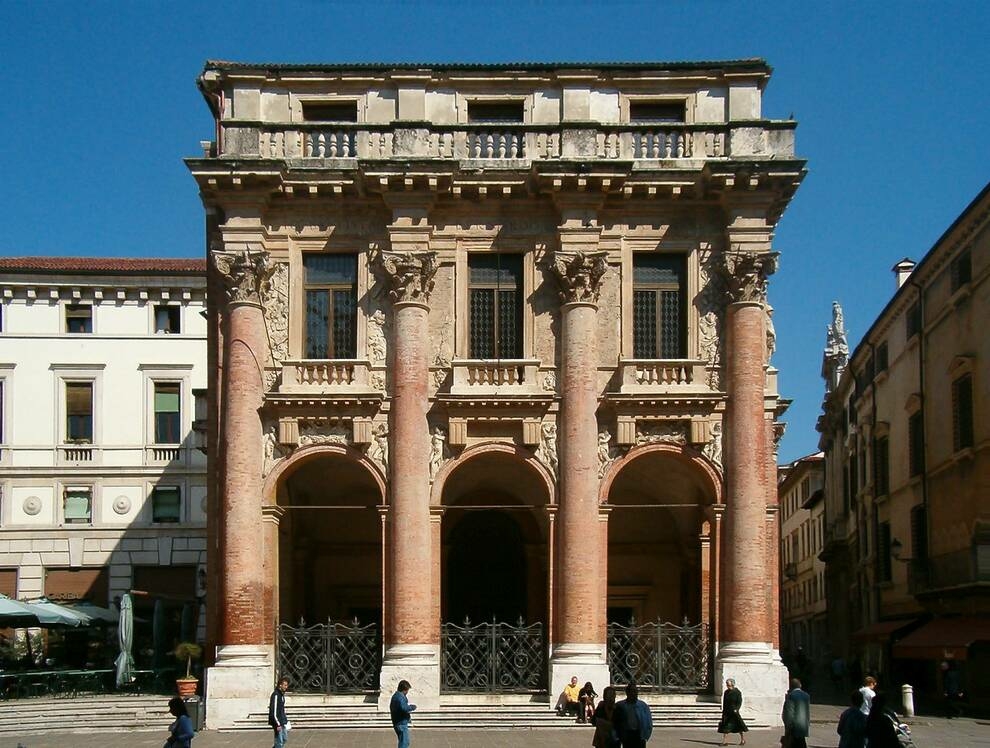

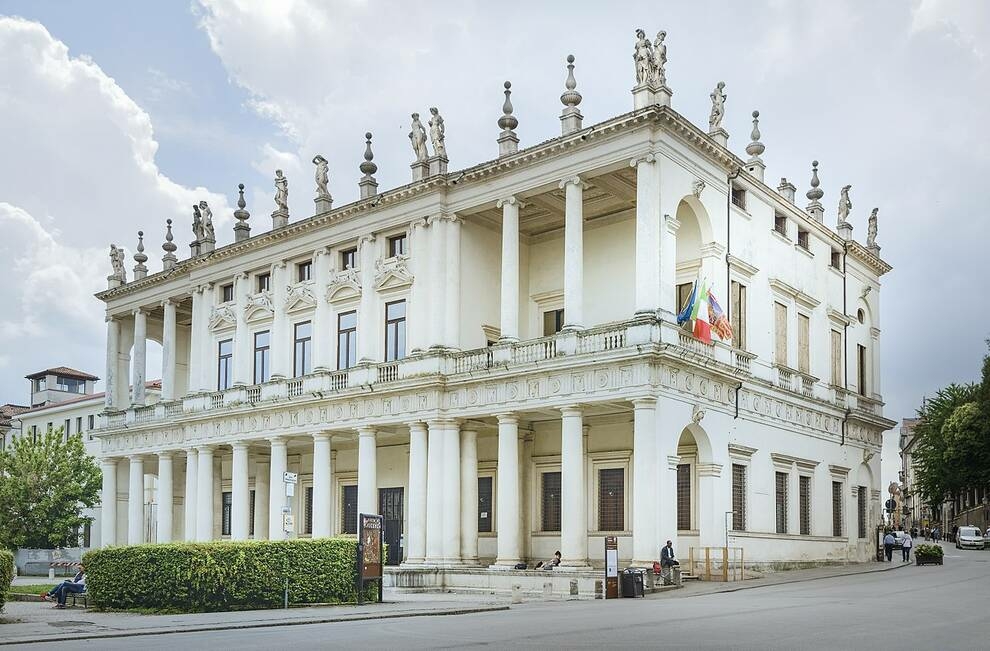
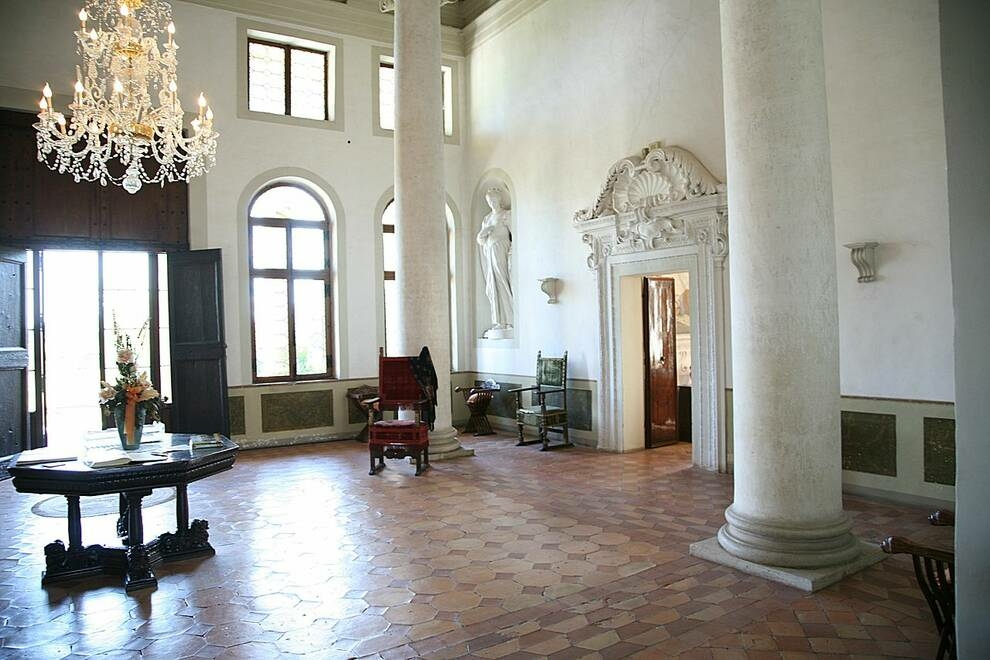
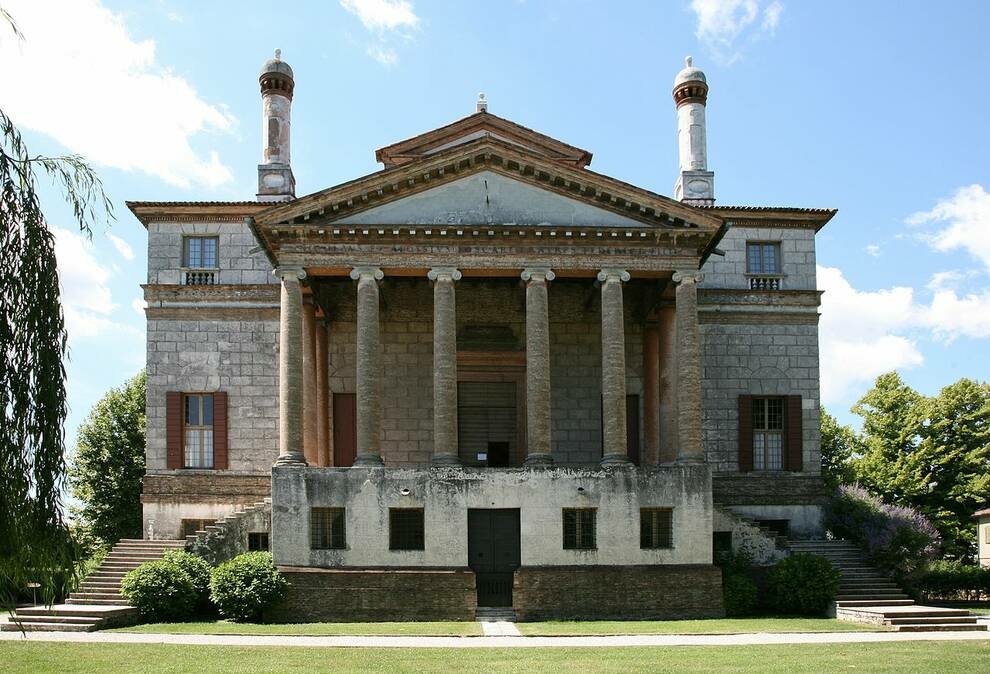
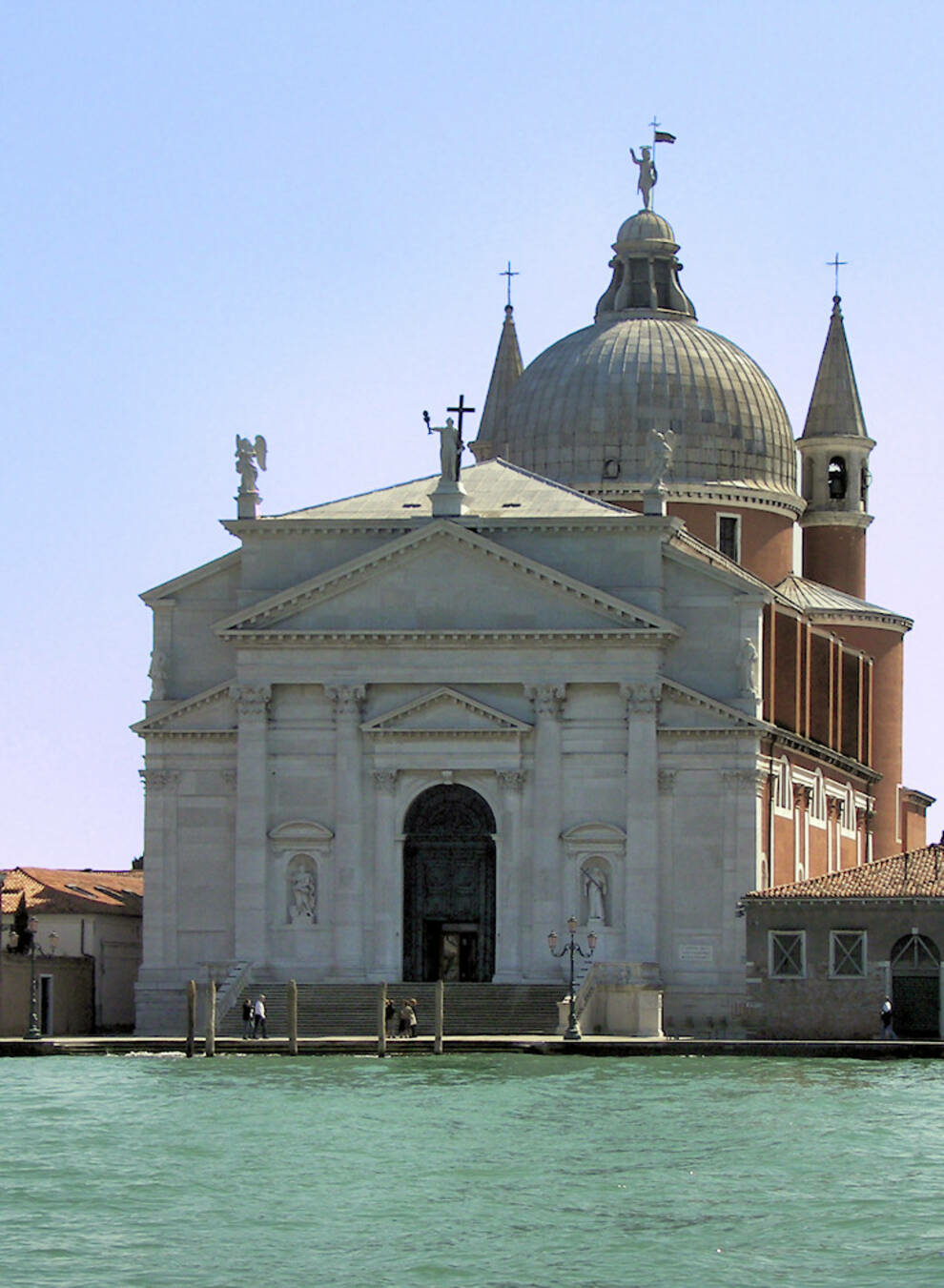
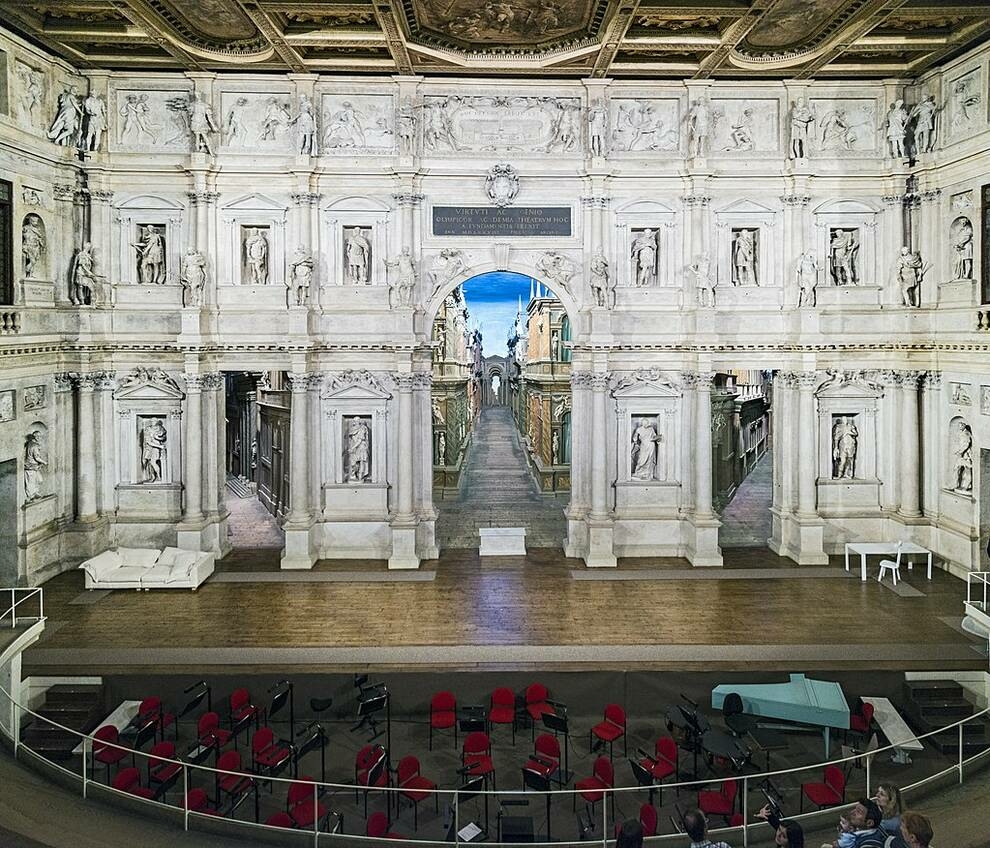

Andrea arrived in Vicenza, where he used his experience working in one of the local workshops owned by famous sculptors Giovanni di Giacomo and Girolamo Pittoni. The young man made reliefs, friezes and other items that were often used by apprentices. He soon became a member of the masons ' Guild, married a carpenter's daughter at the age of 26, and began studying architecture. Andrea Palladio went to Rome for a while, was impressed by the monuments of ancient architecture, studied the buildings of Verona, Venice and other cities. He learned the basic principles from Marcus Vitruvius, a Roman architect who lived in the first century BC.
Palladio left behind a rich architectural heritage. According to his designs, villas were built in the vicinity of Venice, many Palace structures, churches, and public buildings. One of the most outstanding buildings was the Teatro Olimpico, which is the result of a reinterpretation of ancient architecture. Palladio wrote works on architecture, compiled a guide to the ancient Roman ruins that he himself visited. In addition, an entire style movement that developed in early classicism, palladianism, was named after Palladio. This building is based on the heritage of ancient architecture.

Photo © en.wikipedia.org

Photo © en.wikipedia.org

Photo © en.wikipedia.org

Photo © en.wikipedia.org

Photo © en.wikipedia.org

Photo © en.wikipedia.org

Photo © en.wikipedia.org

Photo © en.wikipedia.org

Photo © en.wikipedia.org

Photo © en.wikipedia.org

Photo © en.wikipedia.org
